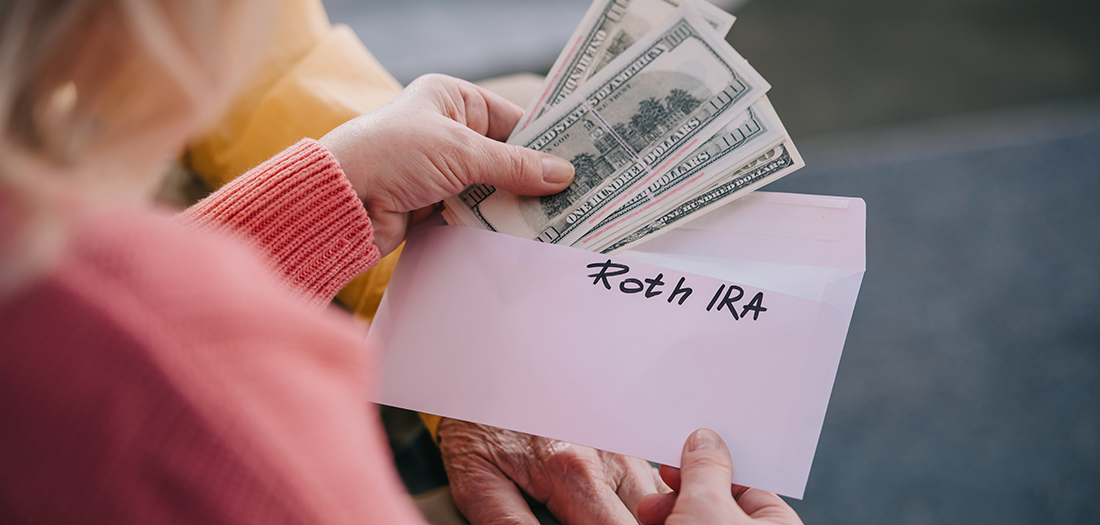 Contact
About Us
Articles
Home
Contact
About Us
Articles
Home

It sounds tempting. Open a self-directed IRA and increase your investment options with alternative investments such as real estate, private stock and precious metals. Self-directed IRA accounts do not limit your investment choices to stocks, bonds and mutual funds, as do most brokerage firms and banks. But there is a dark side to these accounts, and for most investors, the risks of these financial products do not make sense.
A self-directed IRA (SDIRA) allows its account holders to invest in a variety of alternative investments, which are usually not permitted by regular IRA custodians. Self-directed IRAs come in a variety of types, traditional and Roth IRAs being the most common.
The same contribution and income limits (in the case of a Roth) apply to the self-directed IRA as well. And if you choose a traditional self-directed IRA, you will be bound by the minimum distribution (RMD) rules that are in effect at the time.
But the similarities end there. While it is possible to invest in stocks, bonds and mutual funds in an SDIRA, those investments are just the tip of the iceberg. Other than the list of investments that are specifically prohibited, retirement investors can invest in almost anything with an SDIRA. Here are some of the possibilities:
The list of alternative investments seems endless, which leads to the next question.
One of the advantages that proponents point to in self-directed IRAs is their ability to provide investors with “true” diversity. Many of the alternative investments do not correlate with stocks and bonds, they will tell you, so you are more thoroughly diversified. What they often fail to tell you, however, is that this diversification comes with complexity and higher risks.
If you are closing in on – or have already arrived at — retirement, you probably don’t want these two elements in your portfolio. Also, keep in mind that you can diversify your retirement funds adequately using exchange-traded funds (ETFs) and index mutual funds in a regular Roth or traditional IRA.
This much more conservative, hands-off approach has been performing quite well, eclipsing the returns of actively managed portfolios and even some hedge funds – all without undue risk and the higher expenses that come from paying for advice that you can’t get from an SDIRA custodian.
And, speaking of higher expenses.
Many retirement investors are lured into self-directed IRAs by the opportunity of owning exciting and potentially lucrative investments such as commercial or multi-family real estate, a private business and cryptocurrencies. And while alternative investments can look inviting when compared to those “boring” common stocks, corporate bonds and mutual funds, the financial and legal regulations can be overwhelming for the average individual.
Many alternative assets are difficult to value, so you will need a financial advisor to assist you with valuation. There are prohibited transactions that you must avoid, typically accomplished with the advice and guidance of tax and legal advisors.
Do you think you can get by without all that professional help? Consider this: Provisions against self-dealing and having too much involvement in the operation of a business within the IRA are just some of the potential hazards that you must avoid. Failure to abide by all of these rules could mean that your entire account will no longer be deemed a tax-advantaged IRA, and all of your assets will be treated as one huge distribution.
According to a warning issued by the Securities and Exchange Commission (SEC), investors need to be aware that investments in self-directed IRAs increase their risks, which include fraudulent schemes, high fees, and volatile performance.
Fraudsters have misrepresented the duties of self-directed IRA custodians with the intent of deceiving investors into thinking that their investments are legitimate or protected against losses. These swindlers often claim or suggest that self-directed IRA custodians investigate and validate any investment in a self-directed IRA. But here is the truth directly from the SEC:
Unlike the custodians for regular IRAs, self-directed IRA custodians are responsible only for holding and administering the assets in a self-directed IRA. Self-directed IRA custodians generally do not evaluate the quality or legitimacy of any investment in the self-directed IRA or its promoters. Furthermore, most custodial agreements between a self-directed IRA custodian and an investor explicitly state that the self-directed IRA custodian has no responsibility for investment performance.”

Some self-directed IRAs allow investment in cryptocurrencies, coins, and tokens. These digital assets can be offered in initial coin offerings (ICOs). Fraudsters might attempt to attract self-directed IRA investors with the promise of high returns on initial offerings.
And while digital assets may provide investment opportunities, they are confusing and volatile. Accurate information might not be available, and investors are often given the impression that cryptocurrencies are regulated by the SEC, which is not the case.
Liquidity typically refers to the ease and speed with which you can sell an investment. A liquid investment can be sold quickly and without paying a substantial fee to get your money when you need it.
Real estate is a popular investment option for self-directed IRAs. Investors can enjoy a stream of income from commercial properties, multi-family residential buildings, or even single-family houses. But real estate is one of the least liquid investments because it will take a considerable amount of time to sell your assets if you need the funds.
Once you spend all that money to invest in real estate, you could be stuck with it. If you have a cash emergency, you probably won’t be able to liquidate your investment quickly enough to help. And if you do manage to unload it, it will likely be at a price that’s below market value.
Liquidity can be an issue with many of the complicated investment products that make up the list of alternative investments. Conversely, stocks, bonds and mutual funds are fairly liquid investments, and there is usually nothing to prevent you from selling them whenever you want to.
The higher rewards of alternative investments are often advertised, while the greater risks associated with them are either glossed over or ignored altogether. Investments in public companies come with full disclosure, but many of the alternative investments lack liquidity – and disclosure.
Investor beware! Those who do not properly research investments can risk losing a considerable amount of money — and it’s money that they are counting on for retirement. If you believe you're shrewd enough and can pay for a team of financial, legal and tax advisors, you might be a candidate for a self-directed IRA. But for the vast majority of us, we will do very well, thank you, with our safe and boring retirement investments.
Alliance America is an insurance and financial services company. Our financial planners and retirement income certified professionals can assist you in maximizing your retirement resources and help you to achieve your future goals. We have access to an array of products and services, all focused on helping you enjoy the retirement lifestyle you want and deserve. You can request a no-cost, no-obligation consultation by calling (833) 219-6884 today.


